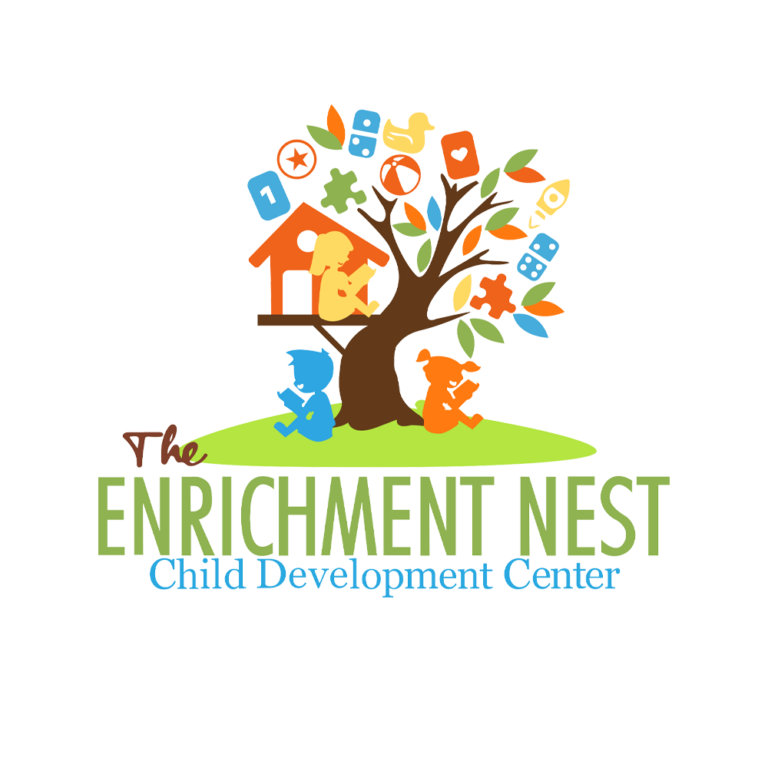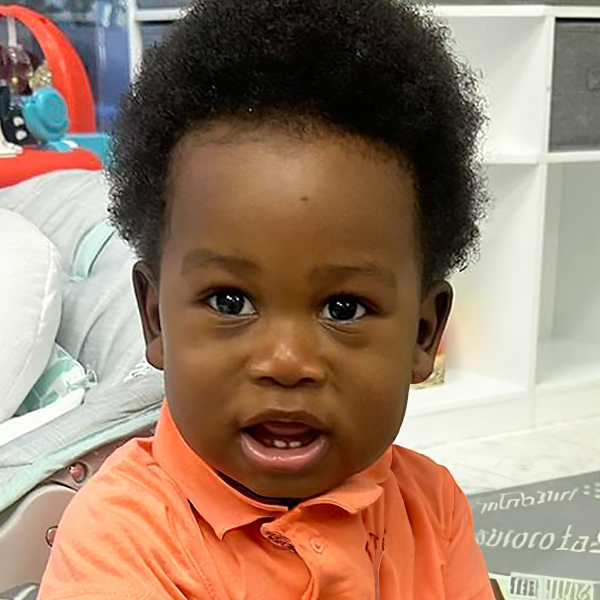As parents, we eagerly anticipate the moment our little ones utter their first words. The journey to fluent speech is an exciting one, filled with wonder and discovery for both child and caregiver alike. While every child’s linguistic development unfolds at its own pace, there are proactive steps we can take to nurture and support their journey toward fluency. Here’s a comprehensive guide on how to teach a 2-year-old how to speak fluently, drawing upon key strategies and examples.
Modeling: Speak Clearly and Frequently Around the Child
From the moment they’re born, babies are sponges soaking up the world around them. They learn by imitation, making modeling a powerful tool in language acquisition. Speak clearly and frequently in the child’s presence, exposing them to a rich tapestry of vocabulary and speech patterns.
Repetition: Repeat Simple Words and Phrases Often
Repetition is the cornerstone of learning, especially for toddlers. Repeat simple words and phrases often, embedding them into everyday interactions. This not only reinforces language but also helps solidify comprehension.
Encouragement: Praise Any Attempts at Speech, However Small
Every babble, every attempt at communication is a milestone worth celebrating. Shower your little one with praise and encouragement for any efforts they make towards speaking, no matter how small. This positive reinforcement fuels their motivation to keep trying.
Engagement: Foster One-Sided Conversations to Foster Communication
Engage in conversations with your child, even if they’re one-sided initially. Respond to their vocalizations with interest and enthusiasm, encouraging back-and-forth exchanges. This fosters a sense of connection and builds the foundation for meaningful communication.
Reading: Explore the World of Books Regularly
Books are magical portals to imagination and learning. Regularly read books with colorful pictures and simple words to your child. Point out objects, name them aloud, and encourage your little one to repeat after you. This not only expands their vocabulary but also cultivates a love for reading.
Singing: Introduce New Words and Rhythms Through Songs
Nursery rhymes and songs are delightful vehicles for language learning. Sing to your child, introducing new words and rhythms into their auditory repertoire. Encourage participation by clapping, tapping, or singing along, making it a fun and interactive experience.
Play: Utilize Toys and Games That Encourage Verbal Interaction
Toys and games offer endless opportunities for verbal interaction. Choose toys that prompt conversation, such as building blocks, dolls, or toy animals. Engage in imaginative play, narrating actions and scenarios as you go along.
Patience: Support Your Child’s Progress at Their Own Pace
Patience is key in the journey of language development. Support your child’s progress at their own pace, refraining from undue pressure or frustration. Celebrate each milestone, no matter how incremental, and trust in their innate ability to learn and grow.
Consistency: Maintain a Positive and Consistent Learning Environment
Consistency is the bedrock of effective language learning. Maintain a positive and consistent environment, where language is valued and nurtured. Be on your toes, ready to explain and act as an expert guide in your child’s linguistic journey.
In conclusion, teaching a 2-year-old how to speak fluently is a rewarding endeavor that requires patience, consistency, and love. By employing strategies such as modeling, repetition, encouragement, engagement, reading, singing, play, patience, and consistency, parents can lay a strong foundation for their child’s linguistic development. So, let’s embark on this exciting journey together, celebrating each word spoken and each milestone achieved along the way






